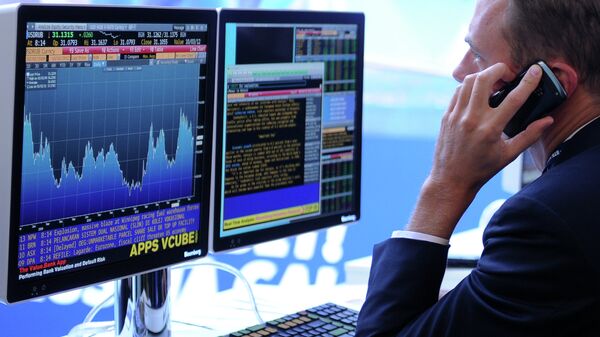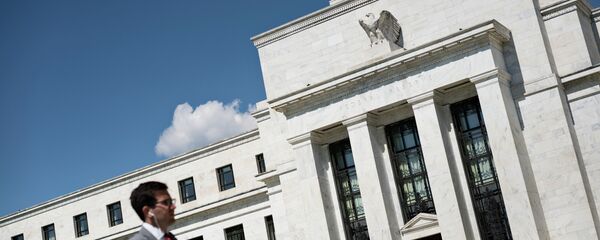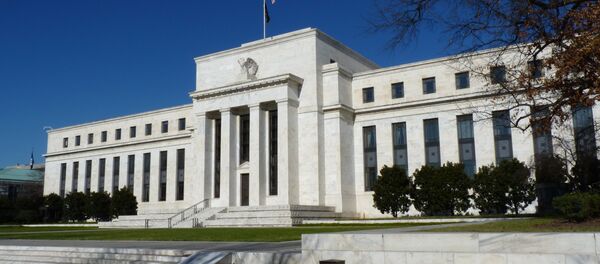Kristian Rouz – The US economy grew only 1.2 percent (annualized) in 2Q16, with the previous quarter’s GDP growth revised downward to 0.8 percent as earlier hopes for an acceleration faded due to the carnage in corporate earnings and declines in business inventories, exacerbated by weak exports and cautious consumption.
Coupled with the political risks associated with the unpredictability of the ongoing presidential campaign, which exceed the 1980’s Carter-Reagan standoff in scale, the effects on the GDP are unfavorable at best, with a recession in plain view before the year’s end. Meanwhile, the Fed sent yet another alarming signal, promising two hikes before 2017.
US GDP added an annualized 1.8 percent in Q2 after a downgraded 0.8 the previous quarter, according to the Commerce Department report. Market anticipations placed the pace of economic expansion at 2.5 percent; it was 2.6 percent according to the Atlanta Fed’s calculations.
“Low yields reflect and enforce a deflationary economy. 1.2% growth for past 12 months. The Fed is clueless,” Bill Gross of Denver, CO-based Janus Capital said.
Meanwhile, as the actual figures suggest definitely no Fed hikes in rates in the foreseeable future, a shocker to the market came from San Francisco Fed President, John Williams, who vowed two hikes this year.
"There is definitely a data stream that could come through in the next couple of months that I would think would be supportive of two rate increases," Williams said. "There's data we could get that wouldn't be supportive of that and it could be supportive of one maybe, or of none."
This statement somewhat contradicts the Fed’s data-dependent approach to policy, and would inevitably mean a recession this year. That wouldn't necessarily be as bad as it sounds, given that the current business cycle is coming to an end.
US businesses were withdrawing from the market throughout 2Q16 due to weaker consumer demand, a cutting of investment and inventories, and their efforts to weather the massive downside effects of a stronger dollar.
Private sector fixed investment slumped 3.2 percent in Q2, its greatest decline in seven years. The US economy has been cooling from an almost 3.3 percent year-on-year rate in 1Q15 to 1.9 percent in late 2015, to 1.2 percent now. The downward trend is overwhelmingly prevalent, as the private sector, which traditionally drives the expansion in the economy, creating jobs and dominating US foreign trade, is struggling, while cheaper imports start to dominate the US consumer market.
The economy has been growing at below 2 percent year on year for the past three quarters, reflecting the decline in corporate profits that started in mid-2015. Inflation has failed to perform at the Fed’s desired pace as well, with the core price index at 1.7 percent (2.1 percent in Q1. The GDP deflator increased to 2.2 percent from 0.5 percent in Q1 and exceeded earlier predictions of 1.8 percent for Q2.
Consumer spending was robust in Q2, having gained 4.2 percent, amid a slow advance in prices and cheap imports. Low oil prices, however, hit the energy and utilities sectors. Reflecting the recessionary GDP dynamics, declining inventory investment eliminated 1.16 percent of GDP growth.



